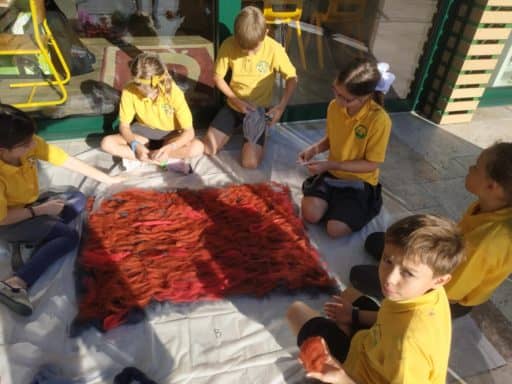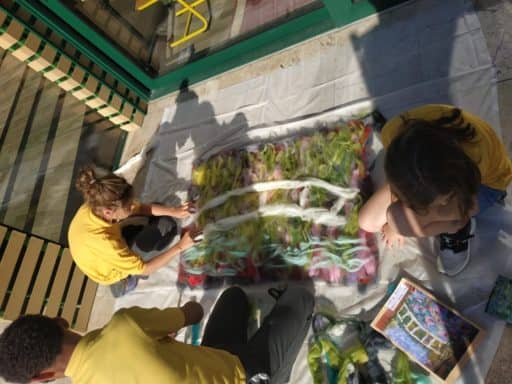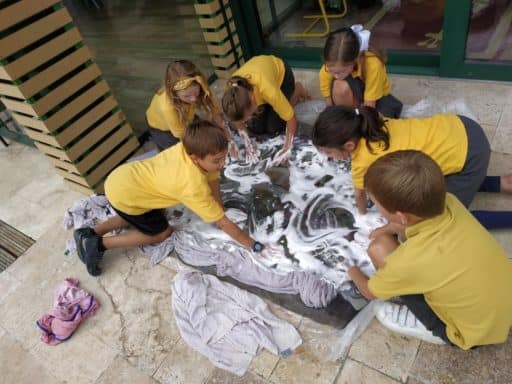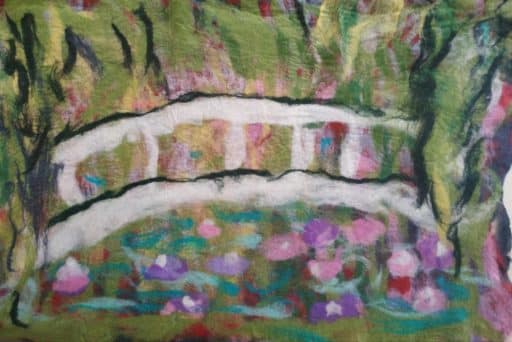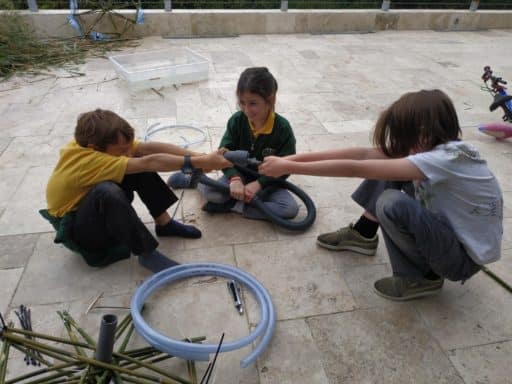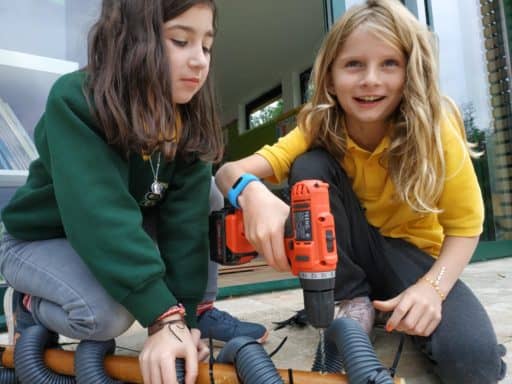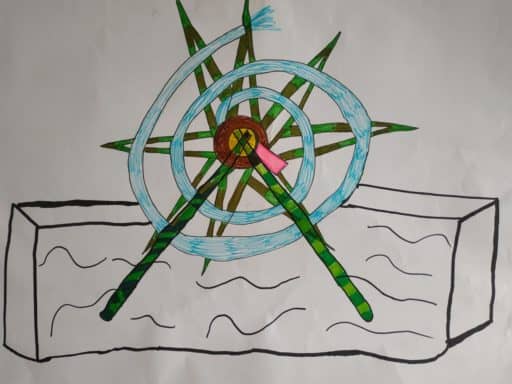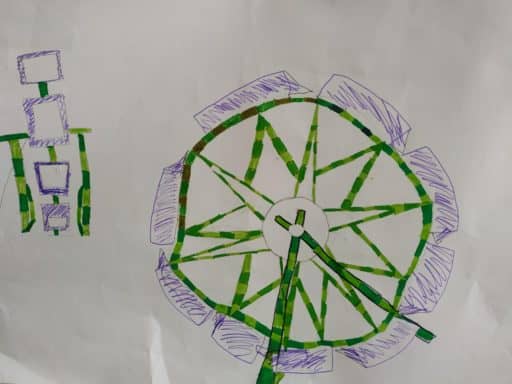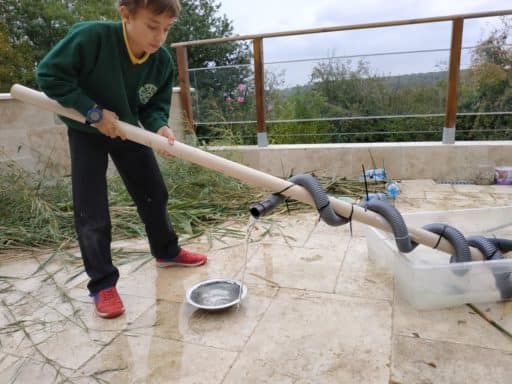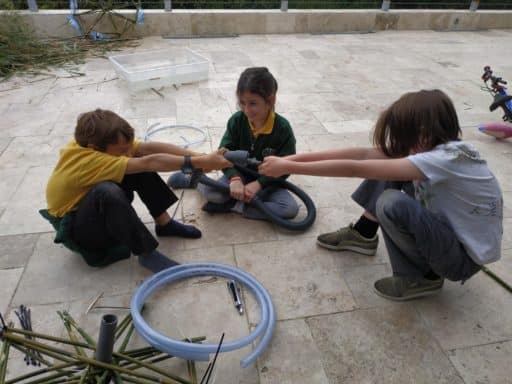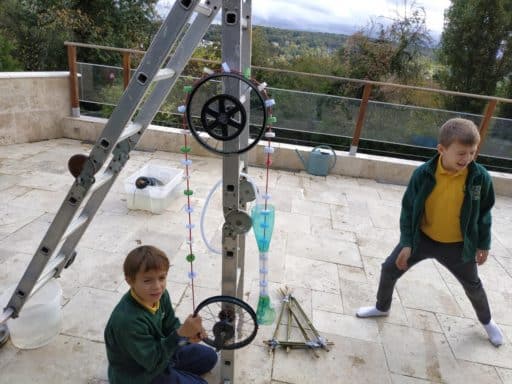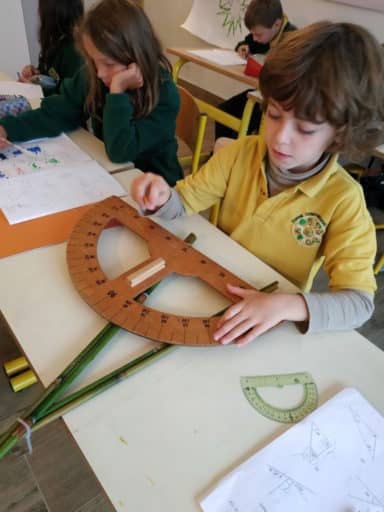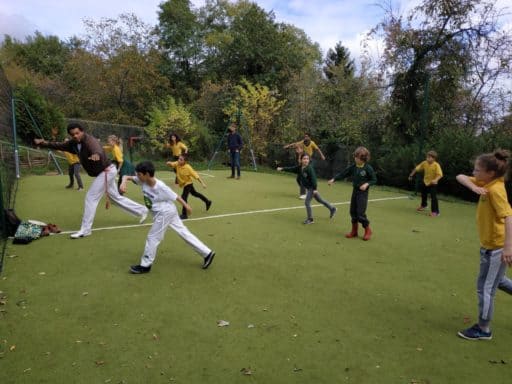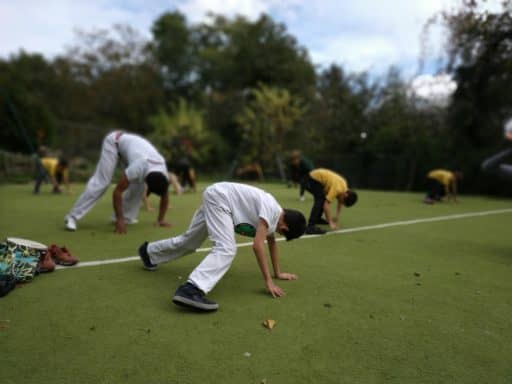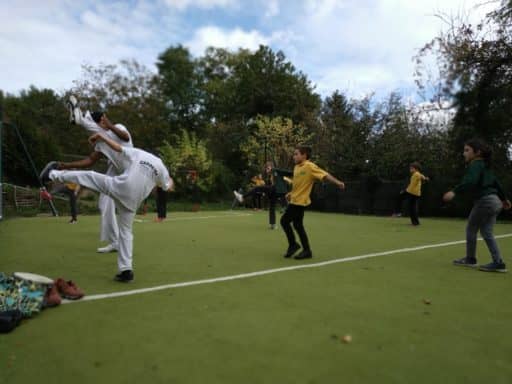Mathematics
Calculating, measuring and understanding shapes:
We learnt about different triangles, their names and main properties. We also identified acute, obtuse, reflex and right angles and then tried to measure them with the protractor. We then worked on finding the perimeter and area of simple 2D and compound shapes. We practiced measuring in centimeters and meters and then used our findings to calculate the area and perimeter. We now know that in order to find the perimeter of the shape, we need to walk around the shape or add all the sides. So if you need a new fence in your garden, you know whom to ask! And for the area we need to multiply the measurements of two sides or count how many CM2 or M2 are there altogether.
Securing number facts, understanding shapes
During this unit, we worked on partitioning numbers into their houses of Units/Tens/Hundreds/Thousands and the knowledge we gained was used for mental addition and subtraction. The children then learnt and practiced how to add and subtract 3 and 4 digit numbers using appropriate written methods.
We solved one-step and two-step problems involving numbers, money or measures where we had to choose and use appropriate calculations. We read the problems, underlined important information then sketched small pictures that would help us understand the problem and only then decided on operations that we needed to use. The children worked on understanding and practicing their written methods for addition and subtraction (Specifically HTU + TU, HTU + HTU, HTU – HTU and HTU – TU).
Art
Felting Project
The process of felting is very hands-on! The children have to tease the wool, layer it, apply hot water and soap, manipulate and mesh it together with their hands and feet as well as rolling pins. Inspired by the Impressionist painter Claude Monet, Elm and Oak Classes decided to make the Japanese bridge in Monet’s garden in Giverny. The felting piece was made from fine merino wool, additional felt pieces to make the lily pads and coarser rare breed wool to make the hanging willow and added texture.
Science/Design and Technology
During this unit, we discussed, role-played and now understand how water can change, from a solid to a liquid to a gas. We discovered reversible and irreversible changes and then tested different materials to find conductors and insulators of heat. We conducted various experiments and then created our own isotherm bags by using different recycled materials. We also worked on separating different solids and liquids and created our own filtering station.
Linked to our learning in IPC (Nature, Respect and Responsibilities, we measured, estimated and solved real life problems, where we worked out different materials that we could use for our inventions and installations.
By using gained knowledge of the 2D and 3D shapes, the children experimented and designed their own monumental water installations. Then it was time to build and as you can imagine it was not easy. N-number of broken screws and drill bits, bent nails and hammered thumbs, few splinters and not as many tears, sun or rain did not stop us from getting on with our mission. We worked on estimating, measuring, cutting and drilling our plastic and wooden materials. It was obvious for the children to spot their mistakes and realise where they went wrong.
‘It does not fit!!!
What did I do wrong?
How do I correct my
mistake?’
‘Estimate and Measure
Try and try again!!!
Am I correct???
Do I need to check again?’
‘Can we draw it?
Can we make it?
Can we roll it?
Can we turn it ?
Can we stuck it?
Can we bend it ?
Can we crack it?’






